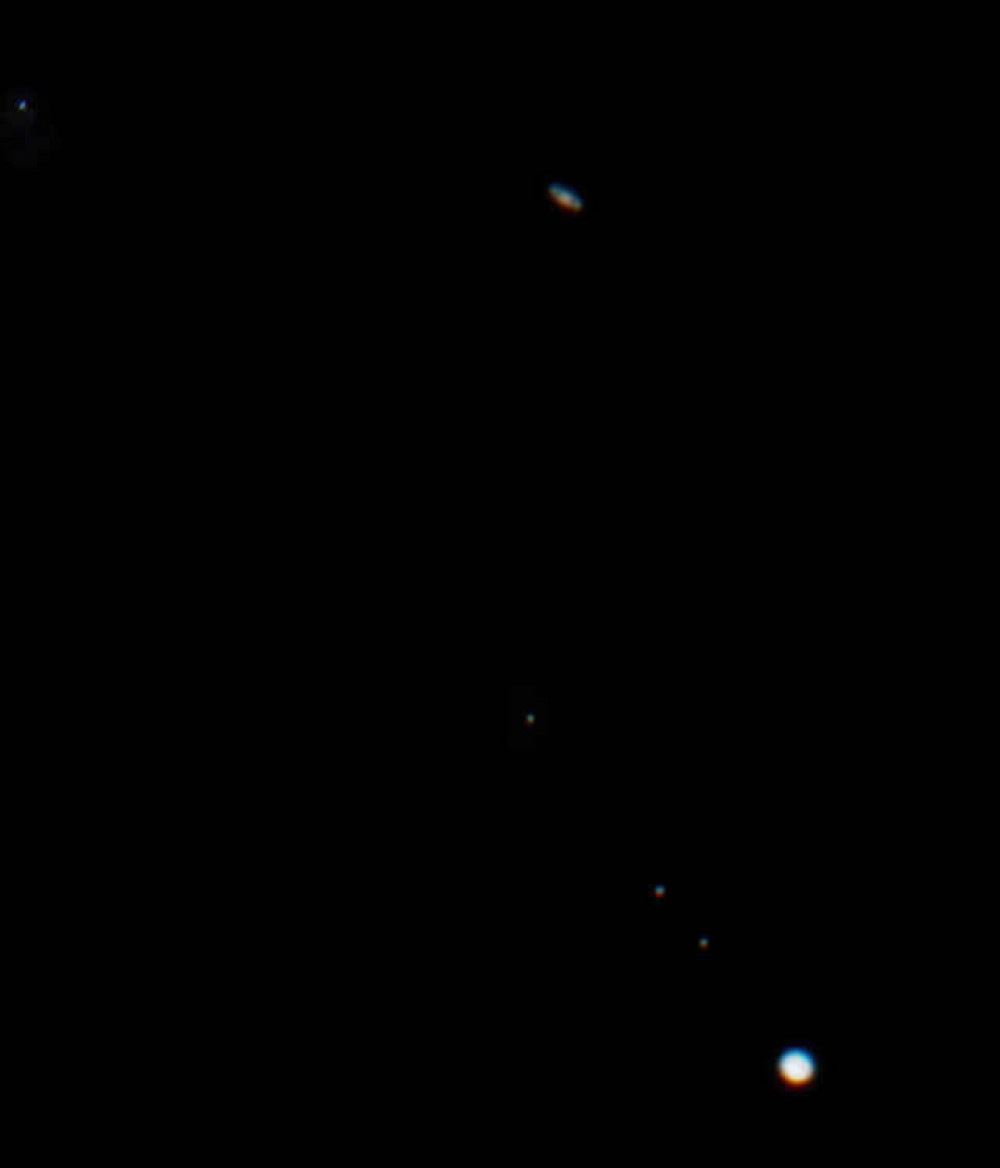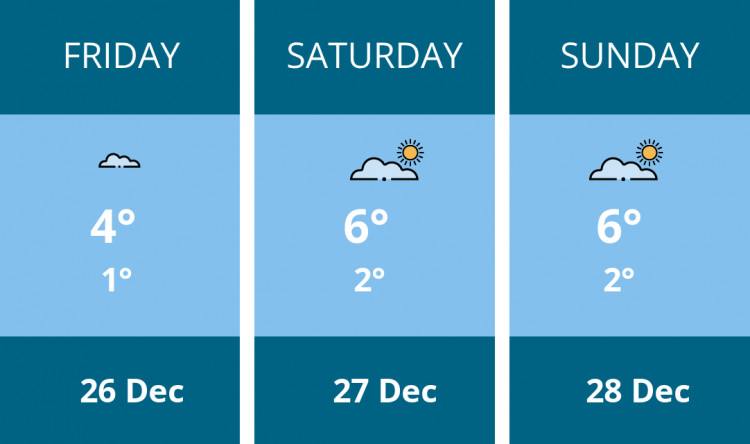Great Conjunction of Jupiter and Saturn over Frome : Early photos of them coming together
By Susie Watkins 19th Dec 2020
By Susie Watkins 19th Dec 2020




2020 has been a memorable year for all the wrong reasons, but it looks like the cosmos will ensure that it ends with an astronomical highlight on December 21.
This is, of course, the usual date of the winter solstice when the Northern Hemisphere is tilted furthest from the Sun and we have the shortest day. From this point, the days get longer as we head optimistically into 2021 and 2020 starts to fade into a surreal memory.
The date is even more momentous this year because a very special event will occur in the skies over Frome, which has not been observed for almost 400 years.
This is the 'Great Conjunction' of Jupiter and Saturn, when the two planets align so closely that – to our naked eye – they appear to be a single object in the sky.
Although these alignments occur about once every 20 years, the next time these two planets are this close will be March 15 2080, so – clouds permitting – make sure that you take this opportunity to observe these majestic clockwork movements of the solar system.
Jupiter is easily the largest planet in the solar system orbiting the Sun every 12 years at a distance of 474 million miles.
Saturn, with those iconic rings of ice and rock, is the second largest planet and, because it is 928 million miles away from the Sun, orbits every 29 years.
These orbital differences mean that over the last few weeks Jupiter has been chasing the slower Saturn and from our Earthly perspective it will catch up on December 21.
Look to the south west for Jupiter – be careful not to confuse it with the red planet of Mars, which is also observable but in the east. Saturn will be fainter and will be to the left – or just to the east – of Jupiter.
On December 21, around 5pm – the planets will only be 6 degrees above the horizon so try to get an unobstructed view with altitude if possible. Do not leave it too late as they will both sink below the horizon shortly after 6pm.
CHECK OUT OUR Jobs Section HERE!
frome vacancies updated hourly!
Click here to see more: frome jobs
Share:




